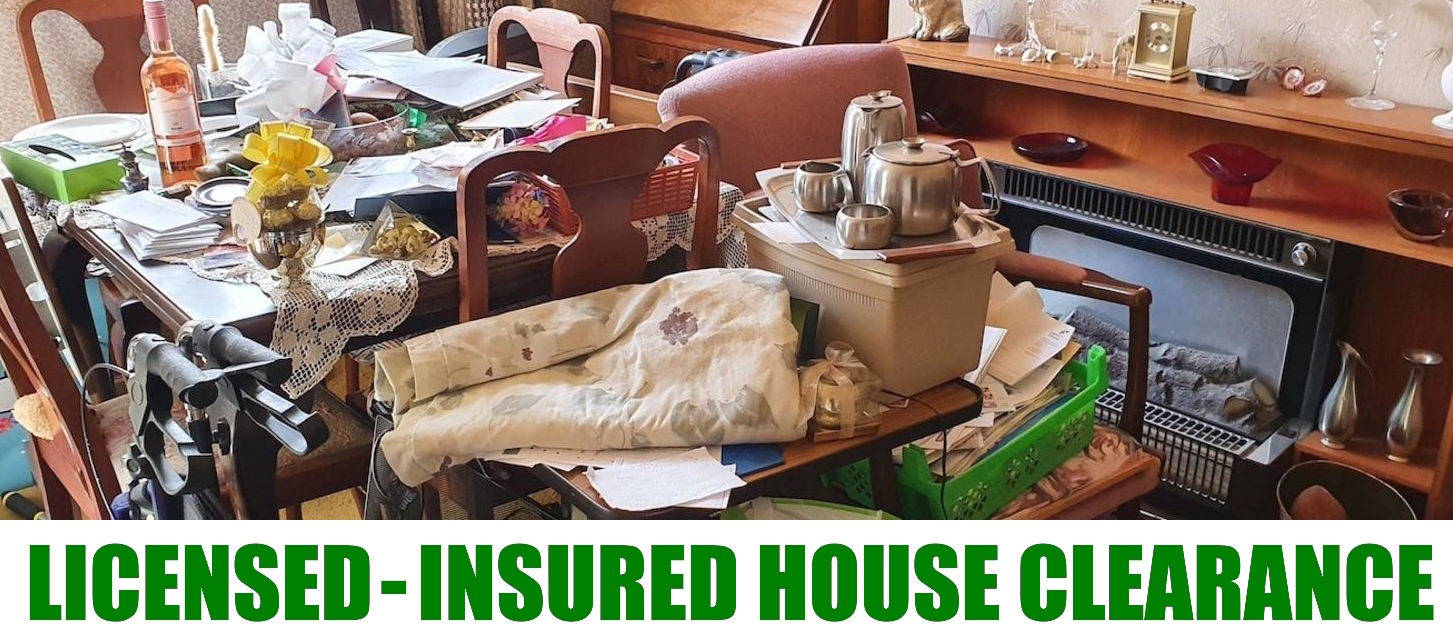Hoarding Disorder vs. Collecting: Unraveling the Differences with Sensitivity and Support
In the realm of possessions, the line between hoarding and collecting can be a fine one, often blurred by misconceptions and stereotypes. Hoarding disorder and collecting are distinct behaviors rooted in contrasting psychological motivations. Delving into these differences not only enhances our understanding but also highlights the significance of professional services like those offered by the Cluttered House Clearance Company, dedicated to guiding individuals through the intricate landscapes of hoarding disorder with empathy and respect.
Hoarding Disorder: Beyond the Chaos
Hoarding disorder is a complex psychological condition characterized by the persistent difficulty of discarding or parting with possessions, leading to the accumulation of clutter over time. It’s essential to recognize that hoarding goes beyond mere untidiness. Key differences include:
- Emotional Attachment: Hoarders form strong emotional attachments to objects, even those that might appear insignificant to others. These attachments are often tied to memories, emotional connections, or a sense of security.
- Functional Impairment: The clutter caused by hoarding can lead to significant functional impairment. Living spaces become unusable, causing distress and negatively impacting daily life.
- Distress and Anxiety: Hoarders experience distress at the thought of discarding items, resulting in intense anxiety. The accumulation of possessions provides a temporary sense of relief from this distress.
- Isolation and Shame: Hoarders may withdraw from social interactions due to shame and embarrassment about their living conditions. This isolation can exacerbate feelings of depression and loneliness.
Collecting: A Purposeful Pursuit
Collecting, on the other hand, is a deliberate and purposeful activity where individuals amass items of interest, often with the intent of organizing and displaying them. Unlike hoarding disorder, collecting is characterized by:
- Organization and Display: Collectors organize and display their items in a systematic and curated manner. The goal is to showcase their collection’s value and uniqueness.
- Pleasure and Passion: Collecting is driven by a genuine passion for specific items, whether it’s stamps, coins, artwork, or other objects. Collectors derive joy and satisfaction from their collections.
- Limited Impact on Functionality: Collecting doesn’t usually interfere with an individual’s daily life or living conditions. Collections are typically organized and contained, enhancing the overall aesthetic of a space.
- Social Engagement: Collectors often engage with a community of like-minded individuals who share their interests. This social aspect can lead to a sense of belonging and camaraderie.
Navigating the Path with the Cluttered House Clearance Company
Understanding the differences between hoarding disorder and collecting underscores the need for compassionate and professional assistance, particularly in cases of hoarding. The Cluttered House Clearance Company stands as a beacon of support, offering sensitive services that go beyond physical clearance:
- Empathy and Understanding: The Cluttered House Clearance Company recognizes the emotional complexities of hoarding disorder. Their approach is rooted in empathy, understanding, and respect for an individual’s journey.
- Holistic Transformation: Clearing a hoarded space isn’t just about tidying; it’s about transforming the environment to restore mental well-being. The company’s services facilitate this holistic transformation.
- Renewed Possibilities: The process of clearing a hoarded space is a step towards reclaiming agency and control over one’s surroundings. This renewed sense of possibility can positively impact mental health.
Final Thoughts
Distinguishing between hoarding disorder and collecting is crucial for fostering empathy and support for those affected by hoarding behaviors. Professional services like those offered by the Cluttered House Clearance Company play a vital role in assisting individuals on their journey towards healing, growth, and renewed well-being. By understanding the nuances of these behaviors, we can extend a helping hand to those who need it most, promoting healthier living spaces and happier lives.




